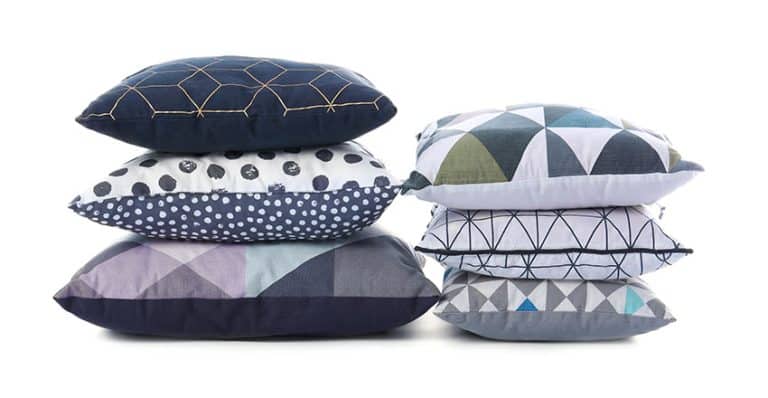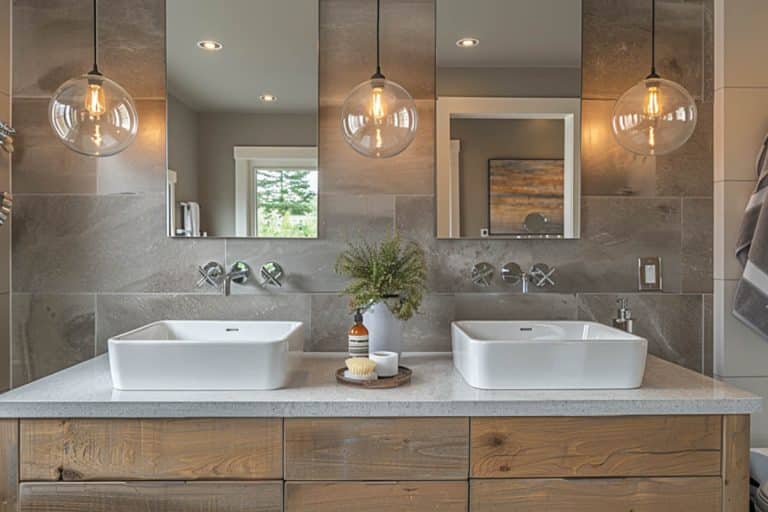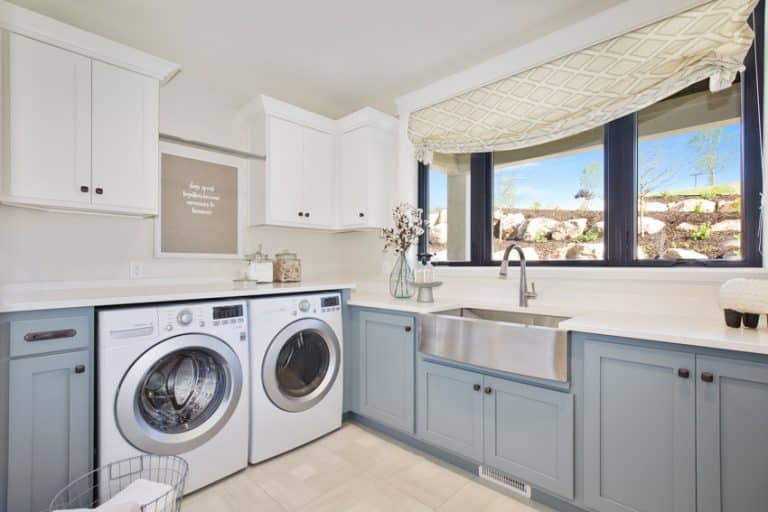Hallway Flooring Ideas (Types of Floor Materials)
Here we share our hallway flooring ideas including the different types of floor materials, best interior design options for homeowners, and installation & measuring tips

Thus, careful planning should be considered, especially for the most overlooked – hallway flooring. The high-traffic area is an extension of your functional areas that should be designed for a great sense of flow and openness.
Design a hallway flooring that should look nice and is comfortable and safe to walk on while being easily maintained. Durability should also be on the top of your list of considerations when looking for the best hallway flooring. We’ve curated the most sensible hallway flooring ideas to help you in your hunt for the best hallway flooring for your next project.
Types Of Hallway Flooring
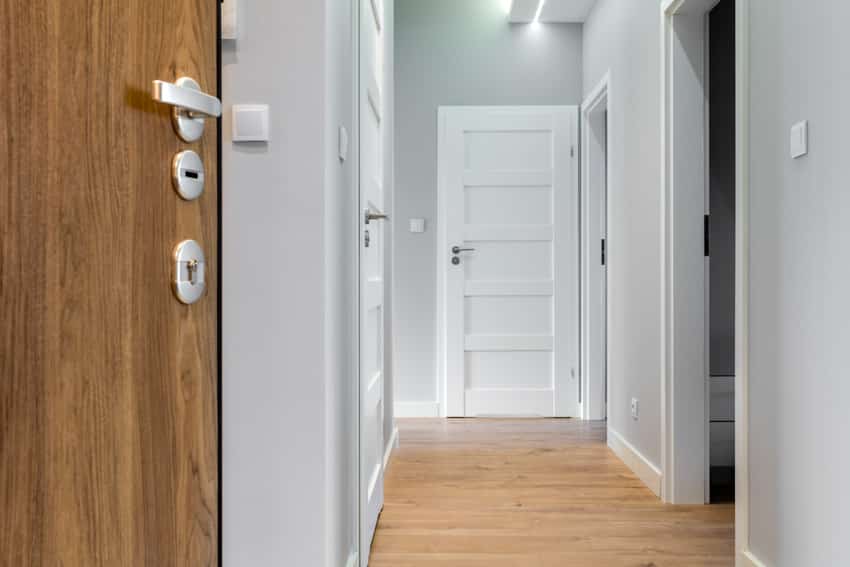
For tiles, choose a tiling material with a Grade 3 to 4 are typically used for residential uses with slightly heavy traffic, and Grade 4 is intended for commercial use. Grade 5 tiles, meanwhile, are great for industrial or public foot traffic.
LVT Luxury Vinyl Tiling

You can install the LVT for your hallway flooring either as a DIY project or have a professional tile installer. For a DIY project, the floating or click-lock system is a more straightforward installation method as there are no adhesives needed, although glue-down installation is advised for high traffic areas.
Unlike the typical vinyl flooring that is bought in rolls and resembles ordinary linoleum, LVT comes in tiles. LVT is made using advanced technology which combines vinyl composite materials with the convenience of laying tiles rather than in a roll.
Like ordinary vinyl rolls, luxury vinyl tiles are made from sheets where each layer performs a separate function. These layers provide stability and help the LVT to be leveled while being flexible to be easily cut vinyl cutter and even your everyday utility knife. It can be installed.
Remember that not all LVT flooring is made equal it usually comprises 6 to 8 layers. Use LVT with superior materials and excellent engineering technology for high-traffic hallway flooring tiles.
Typically, they will compose a layer of glass fiber, a print layer, a wear layer, a UV protective layer, and an antimicrobial layer. When choosing the thickness, choose a thick wear layer where the thicker, the better. The LVT floors come with 6 to 10 mm thickness for residential usage, while commercial usage has 30 mm thickness.
Porcelain
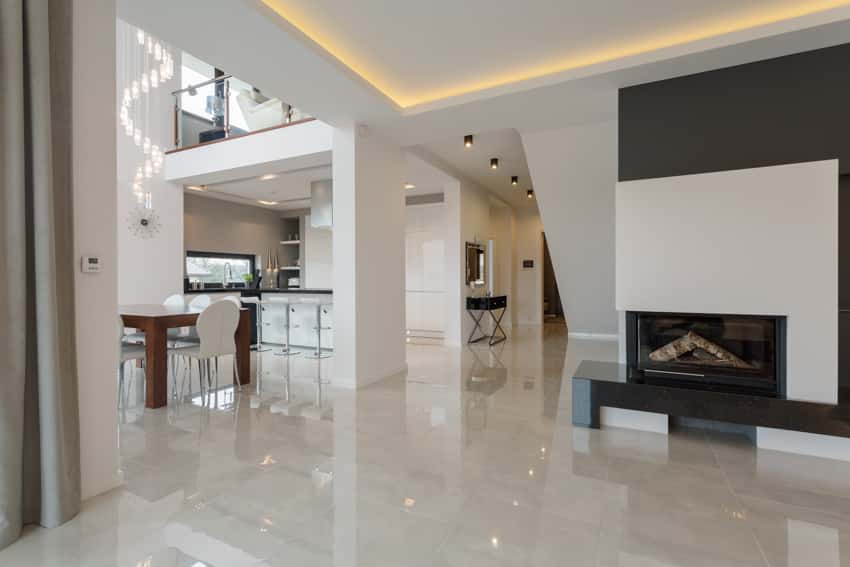
Choose non-slip porcelain for your hallway flooring. For larger hallways, larger format types of floor tiles with minimal joints will create a seamless look—place perimeter skirting, which protects the walls of your hallway and provides a neat continuous detail.
Porcelain is widely available and offers a myriad of designs and finishes in the market which means you can easily find the color and design choice you need. In addition, you’ll find warmer hues and patterns such as wood and natural stone.
Timber-effect porcelain tiles mimic wood, and there are designs that simulate the industrial look of cement if you want a brutalist style in your home.
While porcelain is virtually water-resistant even under prolonged water exposure, use a grout protector spray on your grouts to ensure waterproofing between your tiles.
Wood Effect Tiles
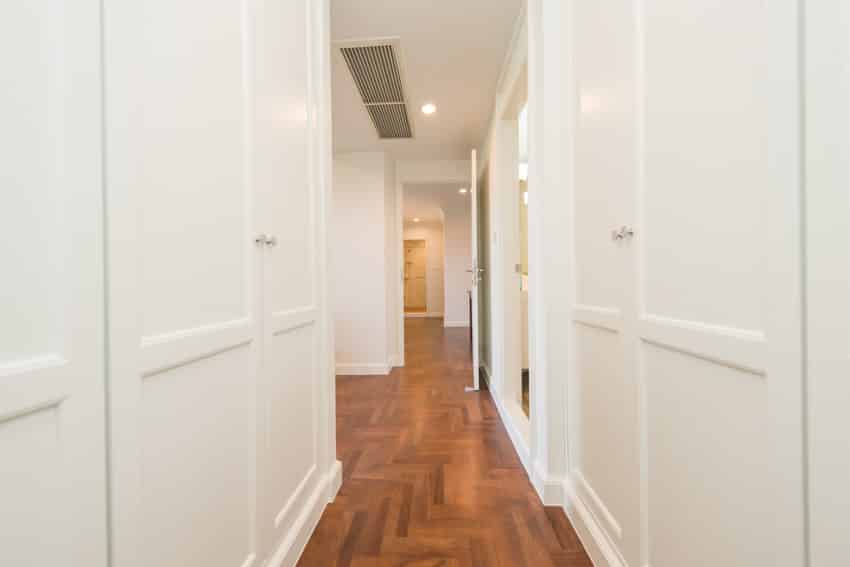
The 3D printed tile brings the natural aesthetic of the organic material into your home and feels like the real thing, making it a comfortable flooring material to high traffic areas such as the hallway.
While you’ll have the textured surface with realistic knots and graining, there’s no need for sanding or sealing since they have the properties of porcelain or ceramic tile with the latest HD printing technology.
Porcelain, in general, is much denser and water-resistant compared to ceramic, so if you have moderate to high traffic hallways, it is much wiser to choose porcelain above ceramic variations.
Encaustic Tiles
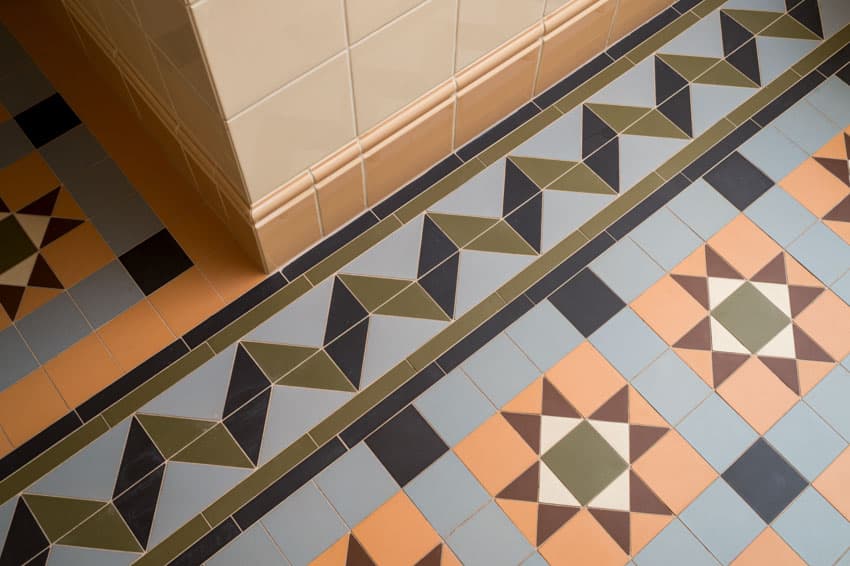
Traditionally encaustic tiles are made of clay, where the process of painting with beeswax-based paint is used and then heated to tint the surface. But modern versions are made conveniently with cement, thus sometimes dubbed “cement tile.”
Made of entirely concrete, modern encaustic tiles are formed in a metal mold and then hydraulically pressed. Molded upside down on the metal mold, then colorants are poured into the different sections to create the pattern design.
Encaustic tiles are fully customizable, insulate well, have a non-slip surface, and are great for a heavy traffic hallway. But as modern encaustic tiles are cement tiles, they are prone to stains, etching by hard detergents, and can be frozen when used outdoors.
When planning for encaustic tiles for your hallway, choose an experienced installer as it needs to be sealed with a multi-step process. These heavy tiles will also need periodic sealing.
Laminate Tiles

Laminate tiles can last an average of 10 years, making them great for homeowners looking for a cheaper option than wood or vinyl.
As the term implies, laminate floors are laminated layers of synthetic flooring products combined with wooden fibers shaped into a plank. The decorative layer is pressed together with the layers on top of an HDF (High-Density Fiber) core.
Please note, though, that like any wood material, it can scratch and is prone to denting. In addition, it is less visually appealing than natural wood, and you cannot refinish it once your hallway floor gets damaged or worn out.
Carpets
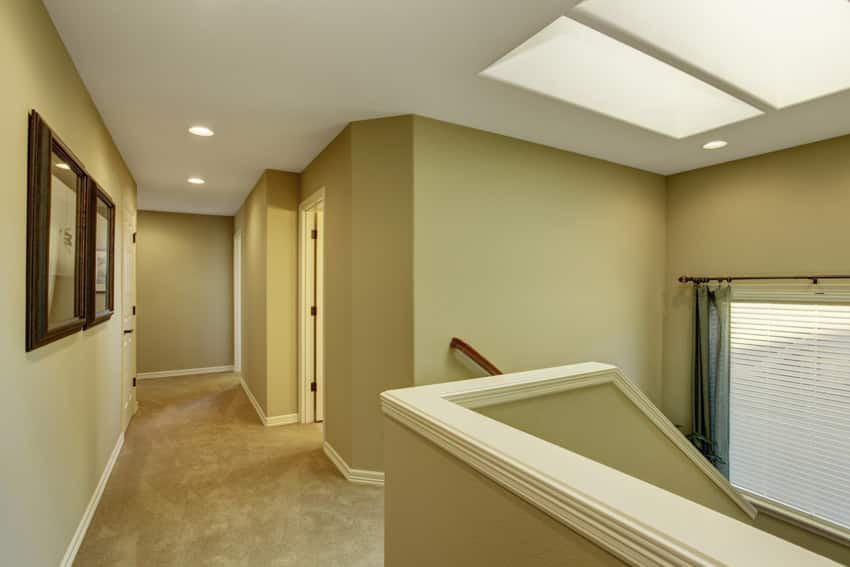
Low pile carpets are great for hallway flooring because they won’t mat down when frequently stepped on and look worn out as quickly compared to high pile carpets.
The two best options for your carpet material are those made with polyester fibers and nylon fibers. Polyester fiber is an affordable carpeting option that is resistant to fade, stain, and abrasion, making it durable enough to withstand high traffic hallways.
Like polyester, nylon fiber carpets have an excellent resistance to stain and are very durable. It bounces back up when bent or stepped on, keeping its form.
Hardwood
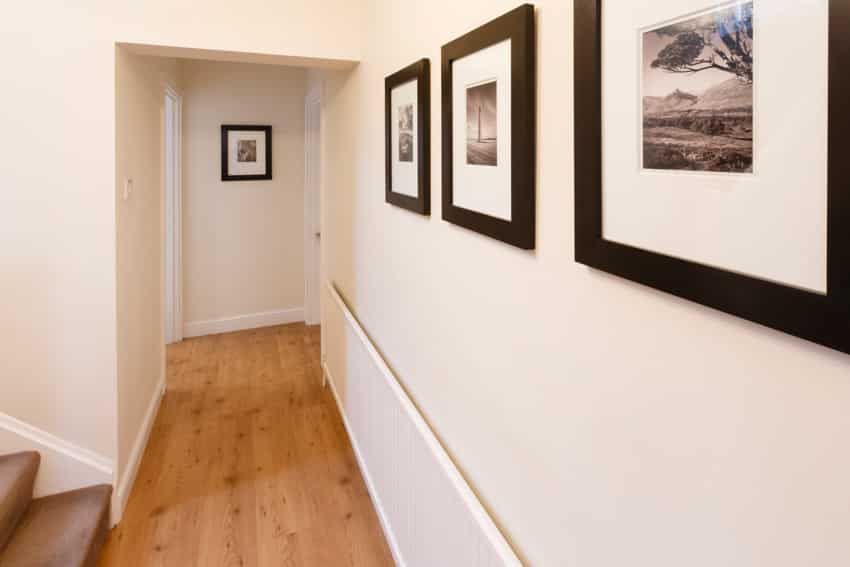
Depending on the wood species chosen there are a wide variety of beautiful colors, graining and wood floor patterns to use.
Hardwood floors can work well in both contemporary and traditional homes. If you’re concerned about dust and dirt, choose a dark or mid-toned finish that hides scuffs better. Lighter shades require more maintenance, but they can make your hallway visually larger.
Hardwood flooring is durable, so you won’t have to replace it or upgrade it anytime soon. It can be refinished multiple times if damaged from scratches or dents, so you’ll have a flooring material that can last decades.
Limestone
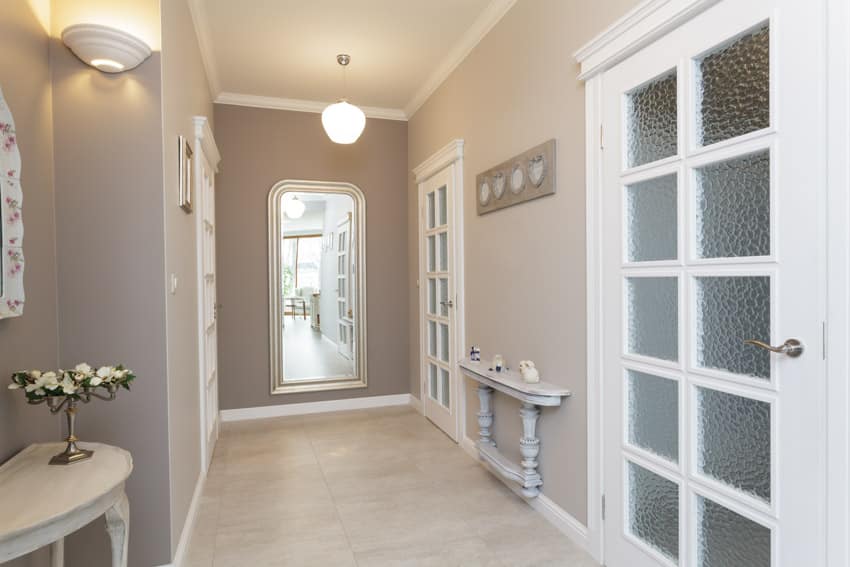
The naturally texturized surface is also very durable for high-traffic areas. The traditional white to the earthen coal-black hues are perfect if you want to hideaway stains or dirt in busy homes.
When choosing limestone flooring material for your hallway, remember that they come in a range of textures, from smooth to coarse. It is best to choose coarser surfaces for your hallway with a higher density as it is more durable and stain-resistant.
Travertine flooring is another option which is quite similar to limestone with more color variations, but is more porous meaning it will need to be sealed.
Polished Concrete

Polished concrete has a wide range of design options. Before polishing, you can choose almost any color, make patterns with saw cuts, or embed aggregates or interesting objects into the concrete.
Different levels of concrete polishing can also be used to control the reflectivity of the floor. Since polished concrete is easy to maintain, it is popular in commercial buildings. Dust mopping and a cleaning product on occasion are required to keep polished floors clean.
What Is The Best Flooring For A Hallway?
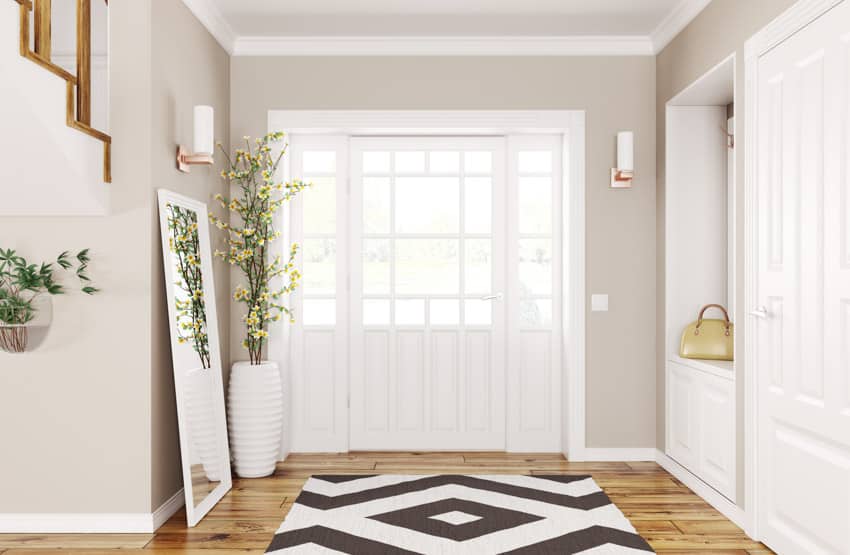
The most recommended and considered best flooring materials for a hallway are:
• Luxury Vinyl Tiles
• Wood Finishes: Both hardwood and engineered wood flooring
Considerations when determining what is the best flooring for a hallway are Lifestyle, budget, installation requirements, theme/style required, and ROI (Return of Investment).
Where To Start Laying Laminate Flooring In A Hallway?
When laying your laminate flooring in a hallway, start laying length ways in this way. It will make your hallway appear visually longer.
Other considerations:
• It is often recommended to install laminate flooring in the same direction throughout the house. All of the rooms of the house will have a unified look and feel as a result. Determine your home’s longest side and install laminate flooring in a direction that runs parallel to it.
• Lay your laminate floor along the direction of your line of sight from your front door or the main point of entry in a room.
The laminate’s direction will essentially become perpendicular to the door. As you enter the house or room, this will help guide your eyes smoothly inside. This will also draw attention to the laminate tiles’ length.
Which Direction To Lay Vinyl Plank Flooring In The Hallway?
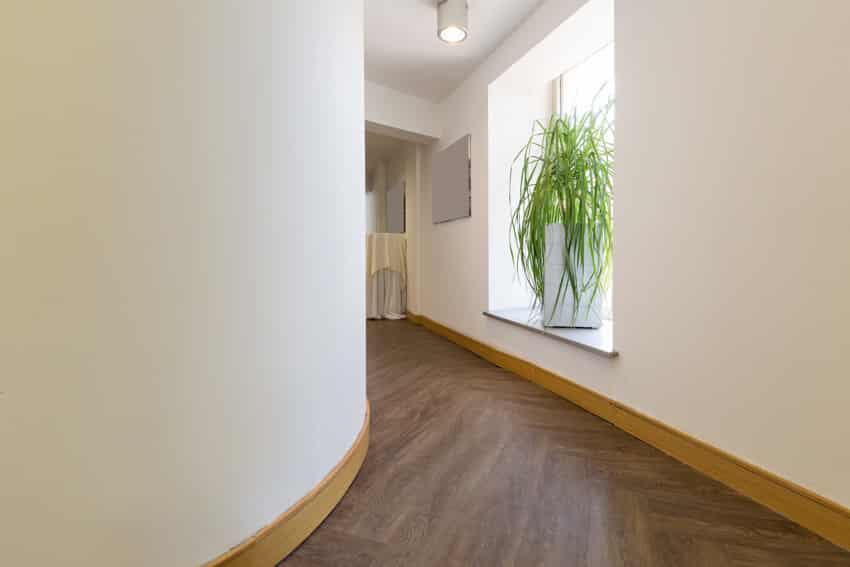
How To Measure The Hallway For Flooring?
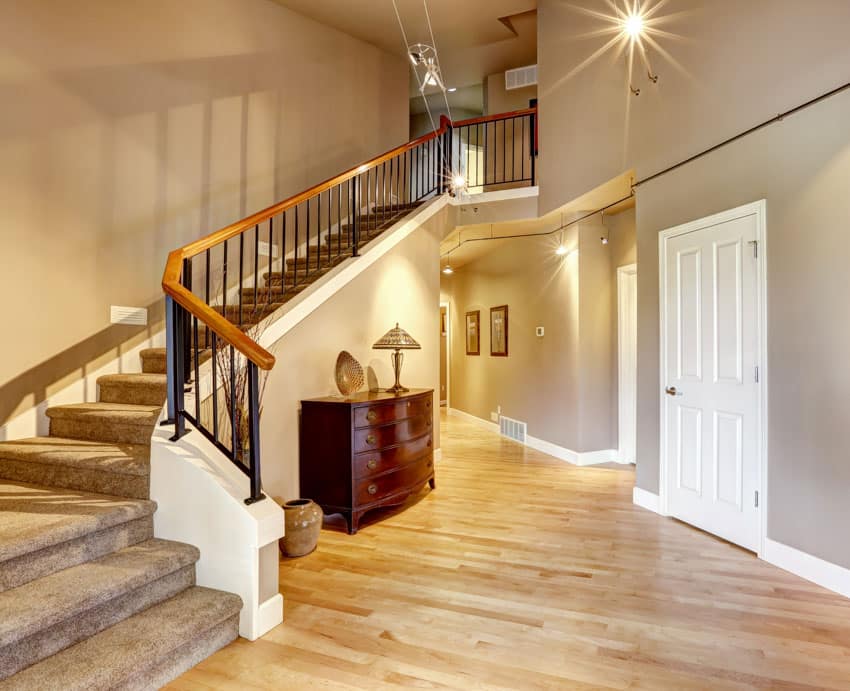
2. Don’t forget to add a minimum of 10 cm to your measurements for wastage. It’s preferable to have a little extra carpet on the sides than too little. This 10 cm may not be enough if the hallway is not square, which is the case in many hallways.
3. It can be more challenging to measure for irregular shapes, so it’s best to start with a sketch, but don’t forget to add an extra 10 cm on each measure.
See more related content in our article about hallway paint ideas on this page

